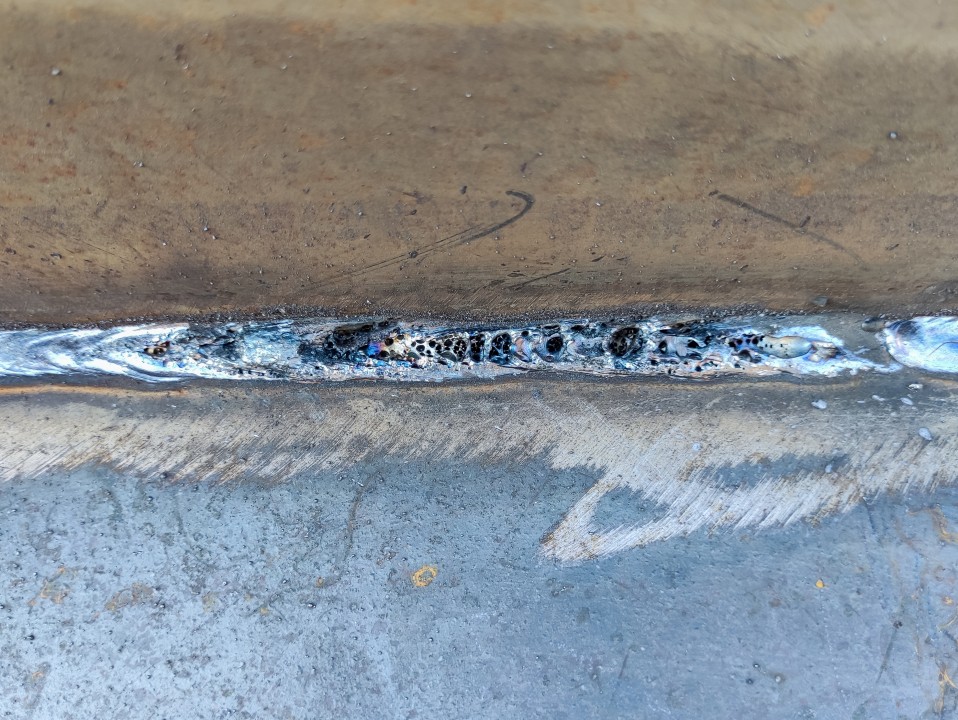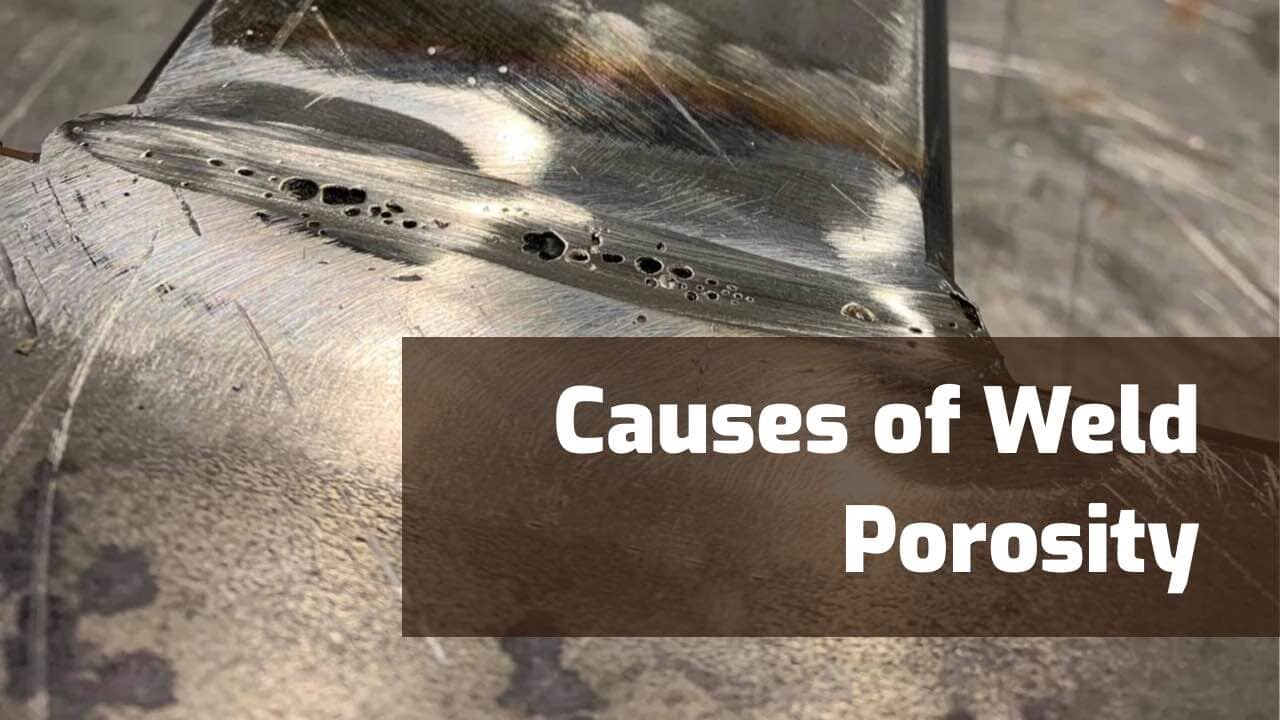Porosity in Welding: Identifying Common Issues and Implementing Ideal Practices for Prevention
Porosity in welding is a pervasive problem that usually goes undetected till it triggers considerable troubles with the stability of welds. In this conversation, we will certainly check out the crucial variables contributing to porosity development, examine its detrimental impacts on weld performance, and talk about the best practices that can be embraced to reduce porosity event in welding processes.
Usual Reasons of Porosity

Making use of dirty or damp filler materials can present pollutants right into the weld, contributing to porosity issues. To minimize these usual reasons of porosity, thorough cleaning of base steels, appropriate protecting gas choice, and adherence to optimum welding specifications are important methods in accomplishing high-quality, porosity-free welds.
Impact of Porosity on Weld High Quality

The visibility of porosity in welding can dramatically compromise the structural stability and mechanical properties of welded joints. Porosity creates spaces within the weld steel, weakening its total strength and load-bearing capability. These voids act as stress focus factors, making the weld a lot more susceptible to cracking and failure under applied loads. Furthermore, porosity can minimize the weld's resistance to corrosion and various other ecological factors, better reducing its longevity and performance.
Among the key repercussions of porosity is a decline in the weld's ductility and sturdiness. Welds with high porosity levels tend to show reduced impact stamina and minimized capacity to deform plastically before fracturing. This can be specifically concerning in applications where the welded parts are subjected to dynamic or cyclic loading problems. Furthermore, porosity can hinder the weld's capacity to successfully send pressures, leading to early weld failing and prospective safety dangers in essential frameworks.
Ideal Practices for Porosity Avoidance
To boost the architectural stability and quality of welded joints, what details actions can be implemented to minimize the event of porosity throughout the welding procedure? Using the right welding technique for the specific material being bonded, such as adjusting the welding angle and gun placement, can additionally stop porosity. Regular inspection of welds and immediate removal of any kind of concerns recognized during the welding process are crucial methods to prevent porosity and create high-grade welds.
Relevance of Proper Welding Techniques
Executing correct welding methods is extremely important in ensuring the structural stability and high quality of bonded joints, developing upon the structure of effective porosity avoidance procedures. Welding techniques straight impact the general strength and durability of the welded structure. One essential facet of correct welding techniques is keeping the appropriate warmth click resources input. Too much warmth can result in raised porosity due to the entrapment of gases in the weld swimming pool. Conversely, inadequate heat might lead to insufficient blend, developing possible powerlessness in the joint. Furthermore, using the suitable welding parameters, such as voltage, present, and travel rate, is important for accomplishing audio welds with minimal porosity.
Additionally, the option of welding procedure, whether it be MIG, TIG, or stick welding, need to align with the particular needs of the project to ensure optimum results. Appropriate cleaning and prep work of the base metal, as well as selecting the ideal filler material, are additionally necessary elements of proficient welding methods. By sticking to these ideal practices, welders can minimize the threat of porosity formation and produce high-quality, structurally audio welds.

Testing and Quality Assurance Procedures
Quality control measures play a vital function in confirming the integrity and integrity of visit their website welded joints. Testing treatments are important to identify and protect against porosity in welding, making sure the toughness and longevity of the end product. Non-destructive screening approaches such as ultrasonic screening, radiographic testing, and aesthetic evaluation are commonly employed to recognize prospective issues like porosity. These methods enable the analysis of weld high quality without endangering the honesty of the joint. What is Porosity.
Conducting pre-weld and post-weld evaluations is likewise essential in keeping quality assurance standards. Pre-weld assessments include validating the materials, tools settings, and cleanliness of the workplace to stop contamination. Post-weld assessments, on the other hand, analyze the final weld for any flaws, including porosity, and validate that it meets specified requirements. Executing an extensive quality control plan that includes complete testing procedures and inspections is vital to minimizing porosity issues and making sure the general high quality of bonded joints.
Final Thought
Finally, porosity in welding can be a typical issue that impacts the top quality of welds. By recognizing the usual reasons for porosity and executing best practices for avoidance, such as proper welding strategies and screening steps, welders can make certain premium quality and go trustworthy welds. It is necessary to focus on avoidance methods to lessen the occurrence of porosity and keep the stability of bonded structures.